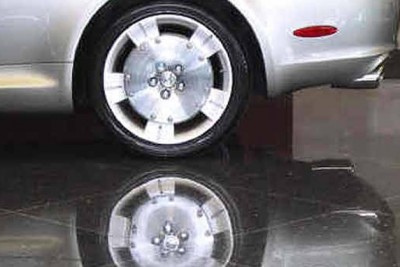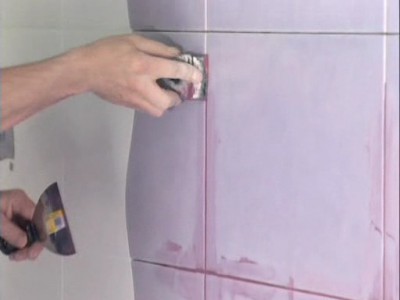How to repair the floor from slag tiles?
When rolling the cylinders, cinder-slag tiles were broken. How can a floor covering be repaired with removal and replacement of damaged tiles, so that the screed thickness is minimal, but the floor is resistant to the loads associated with rolling cylinders?
Slag-metal slabs are relatively recently used as floor coverings and the procedure for their installation and operation was regulated by a single regulatory document - SNiP 3.04.03-85. Over several years of operation, slag-metal floors have confirmed such excellent performance as high abrasion resistance, aggressive chemicals, and heat resistance. However, such disadvantages of this material as fragility and vulnerability to shock loads became apparent, which prompted the Central Research Institute of Industrial Buildings to develop, in addition to SNiP, several recommendations for its use:
- for floor coverings of public and industrial premises use plates of a size not exceeding 50x50 cm, and preferably 30x30 cm;
- laying slag metal should be carried out only on high-quality cement-sand mortars, and in some cases - on special mastics;
- in addition to public areas with high traffic, slag-metal floors can be installed in rooms with high humidity, as well as in production shops where vehicles are used on rubber and metal tires and round metal objects are rolled;
- it is forbidden to lay slag-metal floors in production rooms where the technological process involves increased shock loads and contact with fluorine-containing acids, and special requirements for sparklessness are imposed on the floor;
- the thickness of the plates is selected depending on the operating conditions of the floor: in public and industrial premises with high traffic and the movement of hand trucks on rubber tires - 9-10 mm, in workshops with higher loads and the movement of autocars and electric forklifts - 15-20 mm, in rooms with heavy traffic and a high probability of falling heavy objects - from 20 mm.

If the flooring slabs of your production site meet the above requirements, it can be repaired. For laying plates, you can use the following mixes:
- High-quality cement-sand mixture in a ratio of 1: 1.5, while the cement grade should be at least 200, and preferably 300. You can use ready-made dry mixes for laying tiles in rooms with high impact loads, containing additives to increase the strength and ductility of the adhesive layer.
- Mastic bituminous or diabase on an epoxy or polyester basis, providing high strength adhesive layer with a relatively small thickness.



